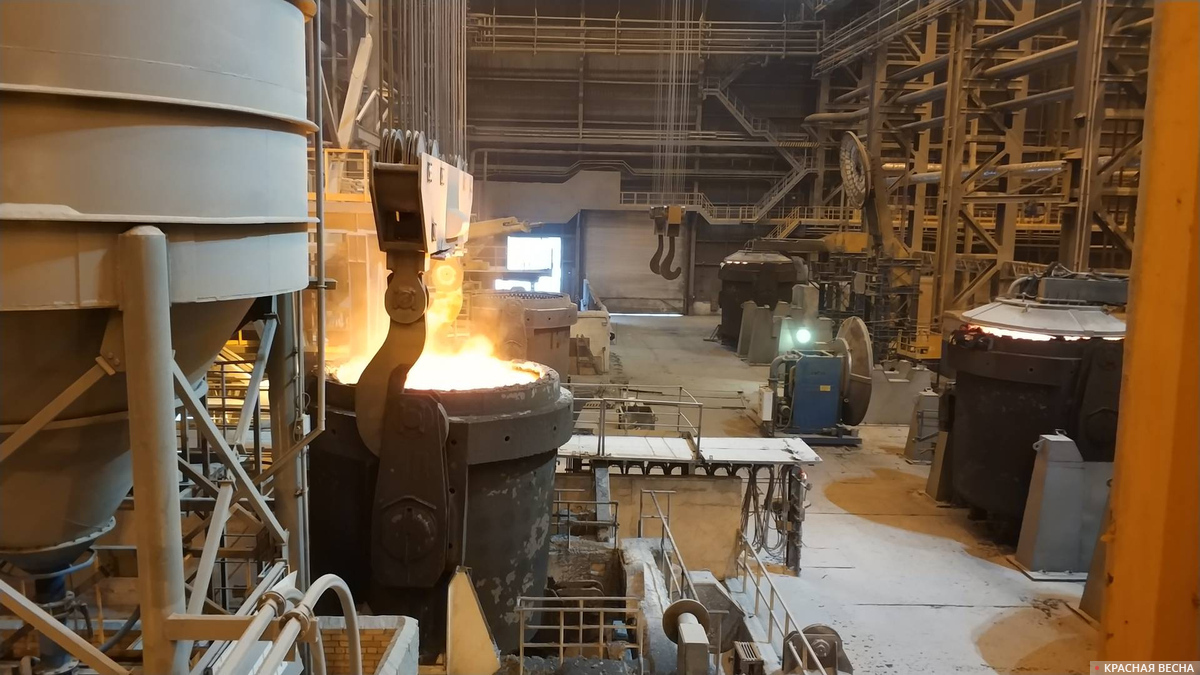
Specialists from the Perm National Research Polytechnic University (PNIPU) developed and patented a method for manufacturing ceramic rods with uneven strength in depth, accelerating their removal at the final stage of the lost wax casting process, the press service of college in February. 19.
Investment casting is traditionally used to produce complex shaped parts, including turbojet engine blades, the shape of which is difficult to reproduce with traditional materials processing methods.
To recreate the shape and size of said product, a wax model is made. A hard ceramic layer is then created around the model. After which the wax is melted and metal is poured into the resulting void, which, when solidified, forms a casting.
In this case, to create internal cavities, an integrated ceramic element (rod) of the appropriate shape is placed in the wax model. In the blades, these cavities are designed to reduce the mass of the casting and create air cooling channels necessary during engine operation.
However, removing such a rod at the end of the casting process is quite difficult and time-consuming. This is due, in particular, to the fact that such a rod must be strong enough to withstand the pouring of molten metal. To speed up the process of extracting the core of the cast piece, alkaline reagents are used to dissolve the ceramic, but this produces a large amount of toxic waste.
The unique technology for manufacturing foundry cores developed at Perm Polytechnic University allows for easy disposal, reducing labor costs and eliminating the need to neutralize highly toxic waste. The authors presented the results of their research in the article “Development of a method to manufacture easily removable ceramic cores for investment casting”, published in the journal “Glass and Ceramics”, 2023.
Graduate student of the Department of Chemical Technologies Vyacheslav Punkaev told about the essence of the method he proposed:
“We propose to manufacture the ceramic rod itself from a material whose properties can be adjusted. Strong enough on the outside to create a cavity of the required dimensions, but with a weak core that makes it easy to remove from the mold.”.
As explained by Nikolai Uglev, project leader, candidate of Chemical Sciences, associate professor of the Department of Chemical Technologies of the PNRPU, the researchers found that when silica sol is used as a binder in a ceramic composite, it is possible to obtain different strengths when firing products. ceramics.
“Therefore, the technology for manufacturing rods with decreasing strength from the outside to the inside can be as follows: first, a “raw” rod with low strength is made using a standard method, and then a gradual impregnation of the surface with silica. sun is carried out.””, Uglev clarified the essence of the new technology.
To study this, an experiment was carried out: aluminum samples were made to form cone-shaped rods. They were coated with a ceramic composition, dried and impregnated with a secondary binder, immersed in a container with silica sol and starch-based glue.
During the impregnation process, scientists recorded parameters such as binder viscosity, sample impregnation time, and excess impregnation pressure. After firing, the strength of the rod at different diameters was measured.
The polytechnicians observed that deep in the sample a decrease in the concentration of silicon is clearly seen, which provides a difference in resistance within the ceramic rod. It was found that the desired effect was obtained when a binder with the highest viscosity was used for impregnation. This was achieved by increasing the concentration of glue in the binder.
Patent No. 2792102 was received for the new technology at the PNRPU.
Researchers aim to continue developing and adapting the technology to simplify the production of very complex parts using lost wax casting.
Source: Rossa Primavera
I am Michael Melvin, an experienced news writer with a passion for uncovering stories and bringing them to the public. I have been working in the news industry for over five years now, and my work has been published on multiple websites. As an author at 24 News Reporters, I cover world section of current events stories that are both informative and captivating to read.
